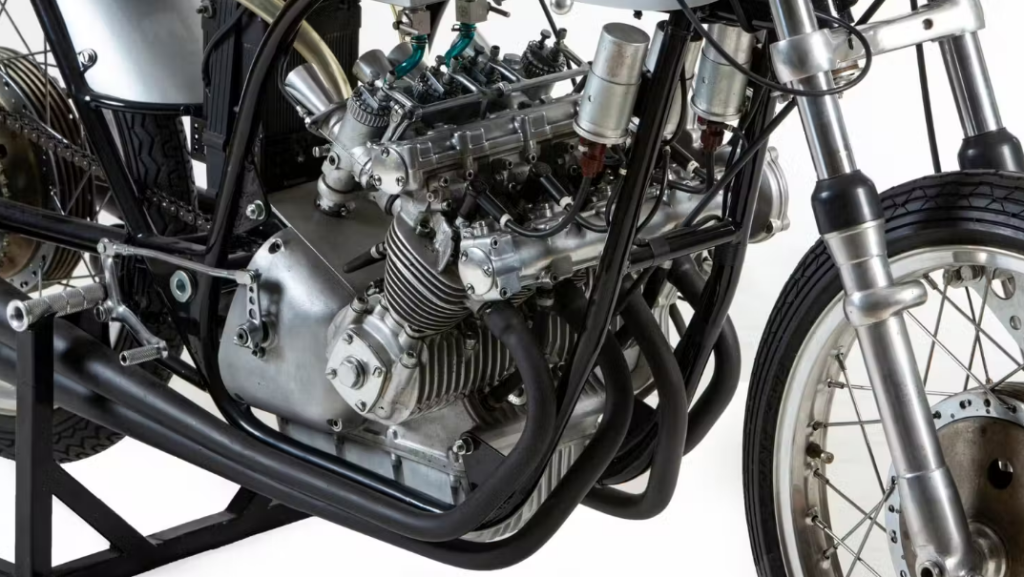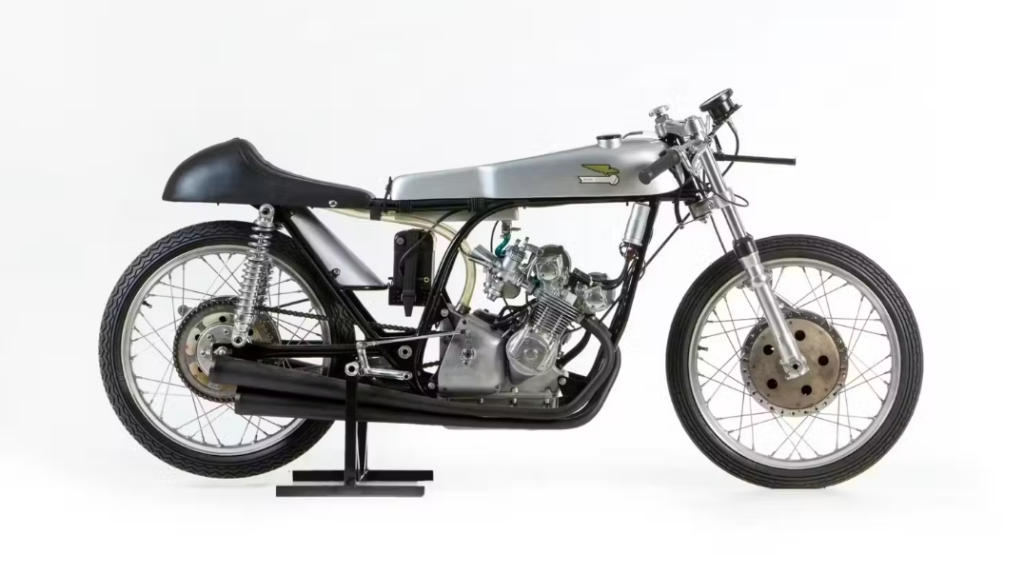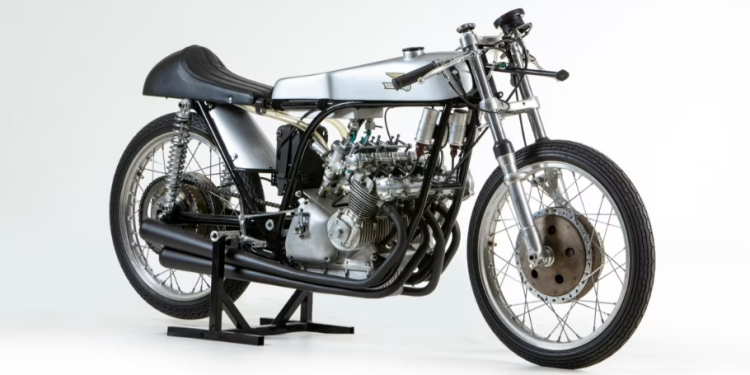In the records of motorcycle racing history, some machines stand out as revolutionary innovations that pushed the boundaries of performance and technology. These machines carved out a niche as shining examples of progress, and some of these examples stand out for starting a new chapter and rewriting what is possible to become legends today.
Among these legends is the 1965 Ducati 125cc Four Cylinder Grand Prix, a competition motorcycle that redefined what was technologically possible at the time. It is a bike that few would have heard of or even considered the most expensive Ducati, considering the cubic capacity of a modern touring bike, let alone a motorcycle from the famous Italian brand. But on the other hand, it is a bike so unique that spending over $500,000 may not be enough.
A journey through the memory of electronic archives would tell you that Ducati was already making a name for itself in the racing world in the 1960s, thanks to its success in smaller displacement classes. The 125cc four-cylinder Grand Prix was a testament to Ducati’s engineering capabilities and their determination to compete at the highest levels of motorcycle racing at the time. Equipped with a revolutionary four-cylinder engine, the Italian manufacturer made a bold move. The compact size of the engine and high-revving nature gave the Ducati 125cc a significant advantage in terms of power and overall performance. But what really makes it so valuable to fetch the highest price ever for an old Ducati?

The Ducati 125cc Four Cylinder Grand Prix of 1965 emerged after years of development of single-cylinder and twin-cylinder engines. In 1954, Ducati recruited engineer Fabio Taglioni to oversee their competition and development programs. Taglioni designed Ducati’s first single-cylinder competition machine, such as the 100 Gran Sport, which was launched the following year. What set this bike apart was the overhead camshaft of the engine, which was operated by a vertical shaft and bevel gears.
Increasing the engine’s performance, this technology was later transferred to Ducati’s 125cc racing bikes with two and three chambers. The triple-chamber bike also featured Taglioni’s famous “Desmodromic” valve actuation, a piece of technology that virtually defined the designs of later engines from the Italian manufacturer.
As the story progressed from Taglioni’s early years with Ducati, it was in 1958 that Ducati introduced a 125cc twin-cylinder engine in Monza, during the final round of the World Championship. These two cylinders could produce results, winning Grand Prix races, but they could not keep up with MV’s consistent success. In the 1960s, Japanese manufacturers raised the bar even further by bringing multi-cylinder technology to the lightweight classes. This led Taglioni to develop a four-cylinder 125cc engine.
With the engine rediscovered in 1989 and the frame a little later, Giancarlo Morbidelli and his team worked to rebuild the Ducati 125cc Four Cylinder Grand Prix. Morbidelli himself rebuilt the fuel tank and other parts, while the brakes, forks, and discs were similar to the original ones. By around 2000, the fully restored Ducati 125 Four was put on display, and it has been used countless times.

It is not only the uniqueness and rarity of this motorcycle, but also the adventurous history of its creation, which was almost lost and fully restored many years later, that made the Ducati 125cc Four Cylinder Grand Prix special. It also represents some technological innovations for the Italian brand. The motorcycle was Ducati’s first four-cylinder bike and the brand’s first to use four valves per cylinder. Considering its high rev range, it was also equipped with an eight-speed gearbox.
Bonhams estimates the value of the motorcycle to be between £400,000 – £600,000 or the equivalent of $500,000 – $760,000. This is the highest valuation any Ducati has ever achieved.
Source:https://www.hotcars.com/most-expensive-ducati-auction/







